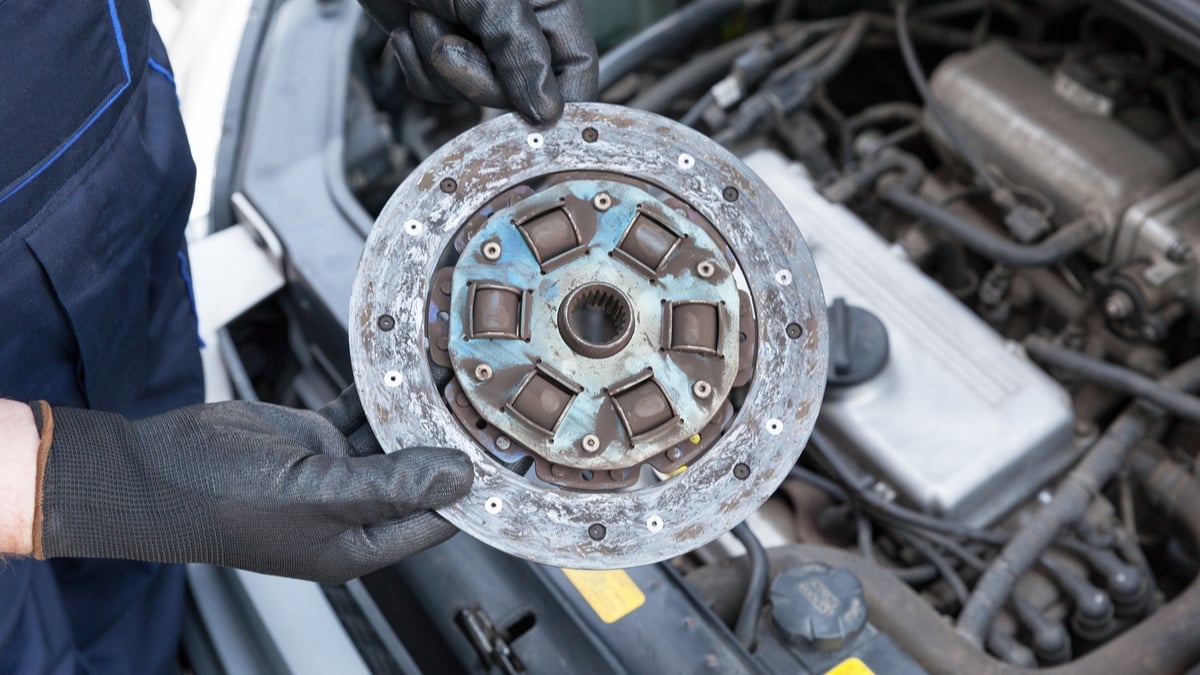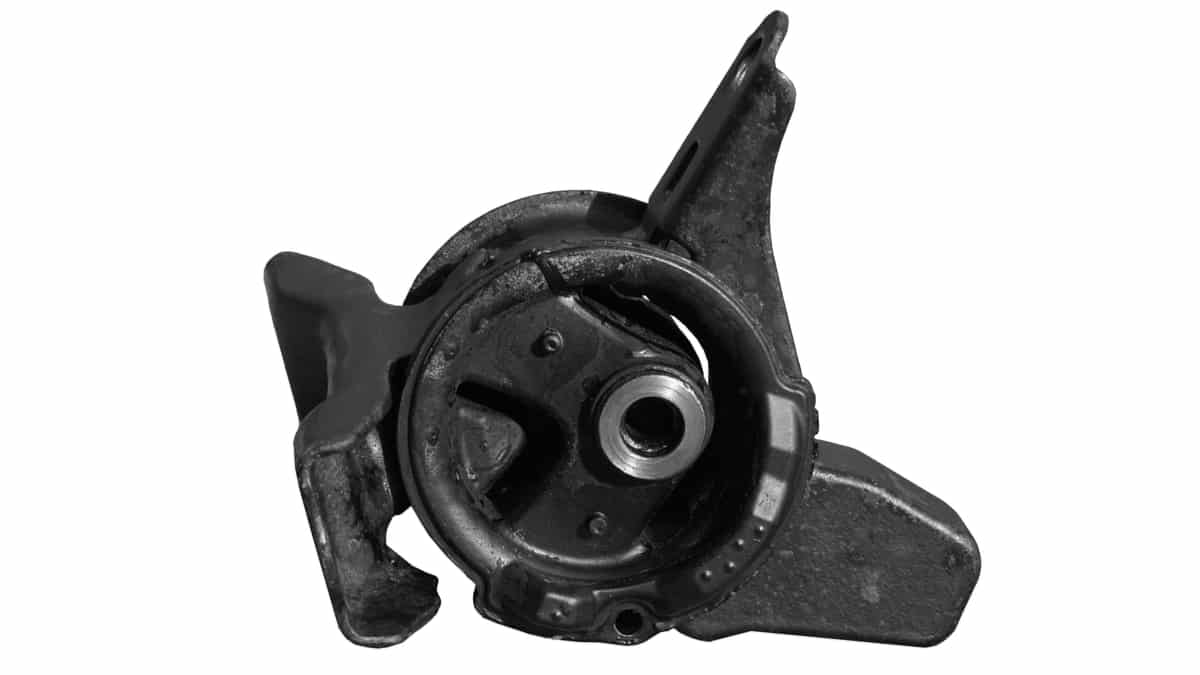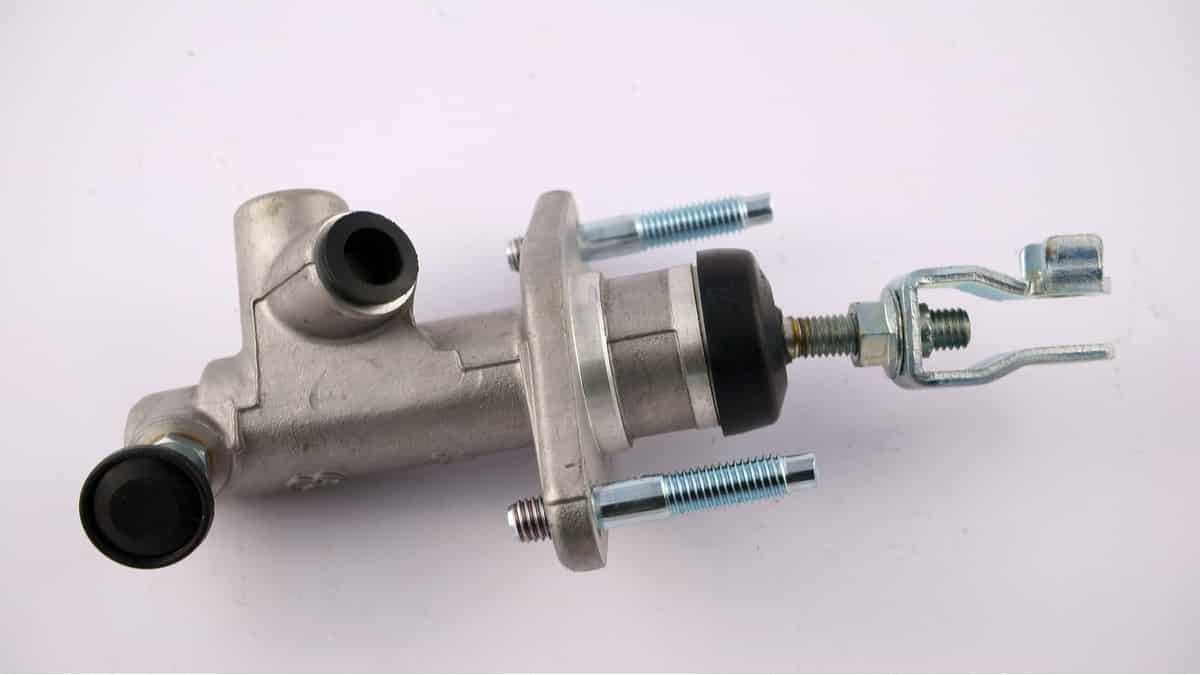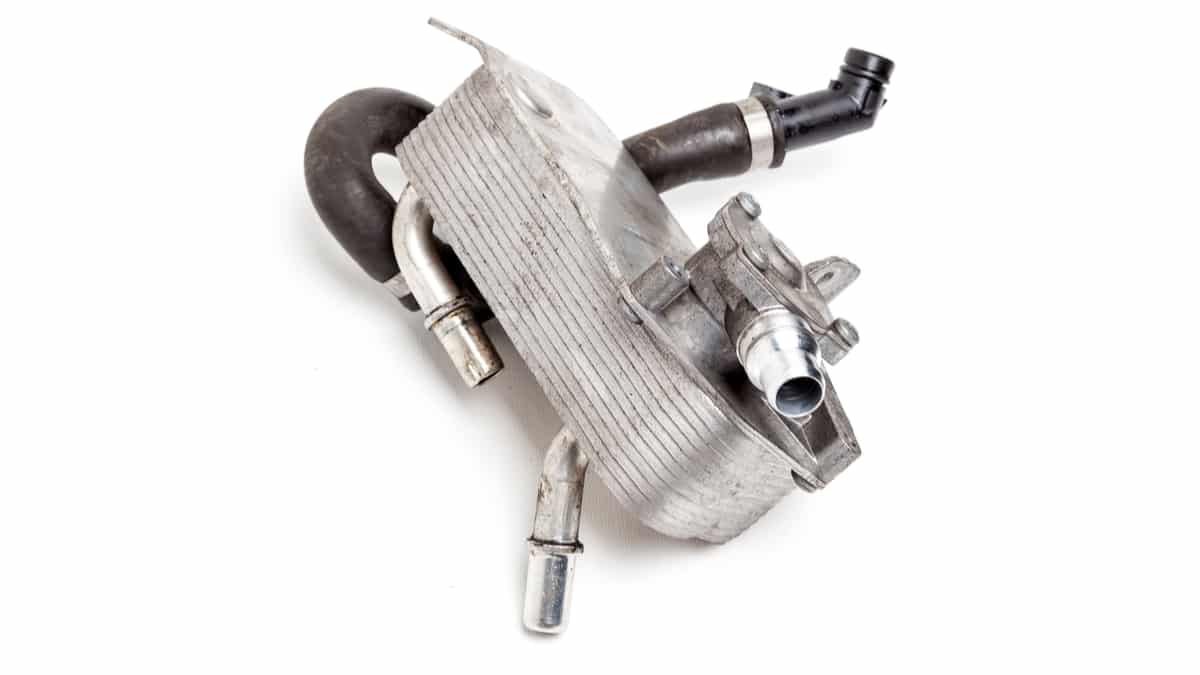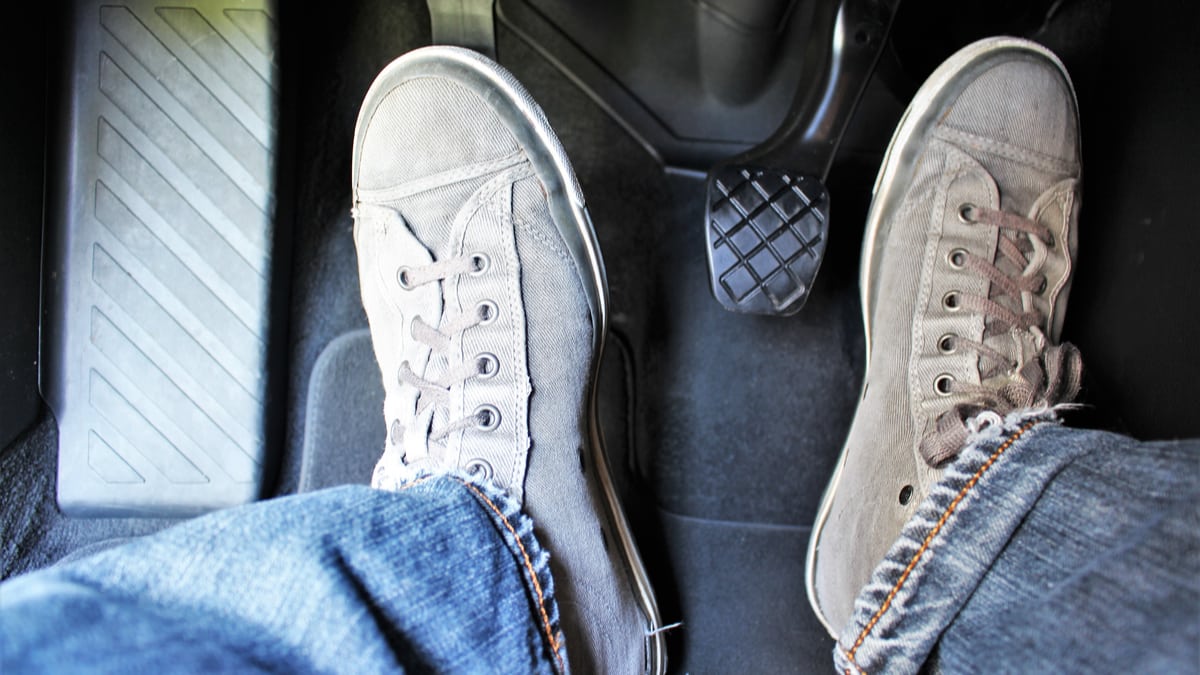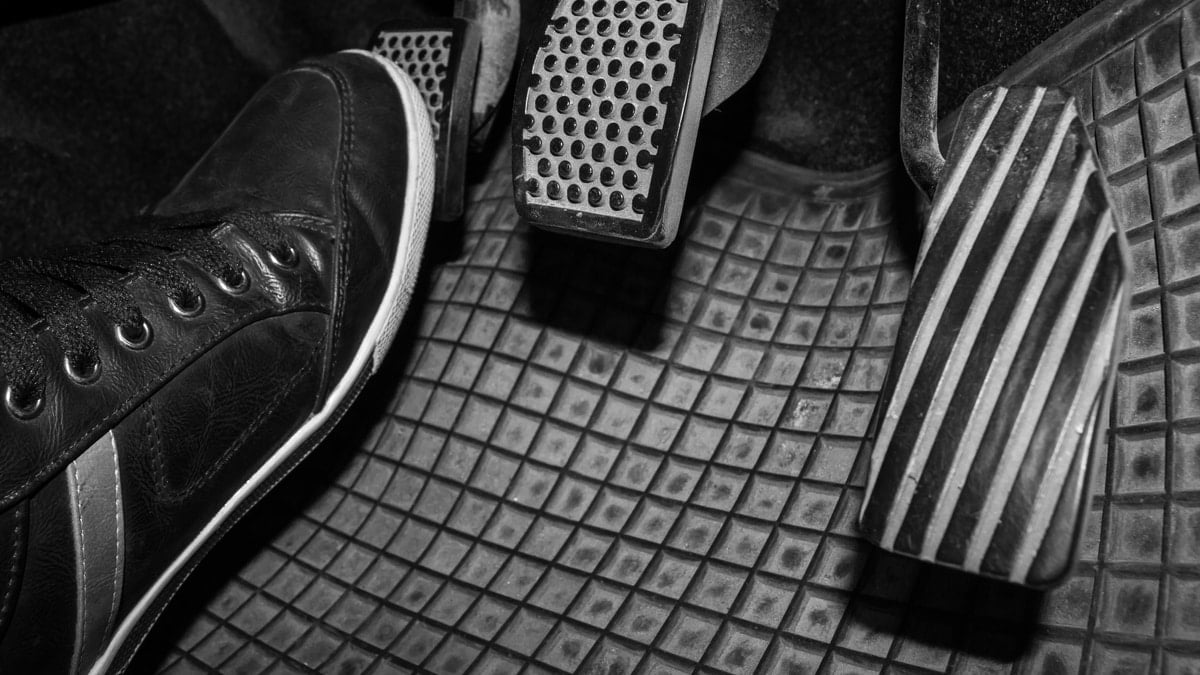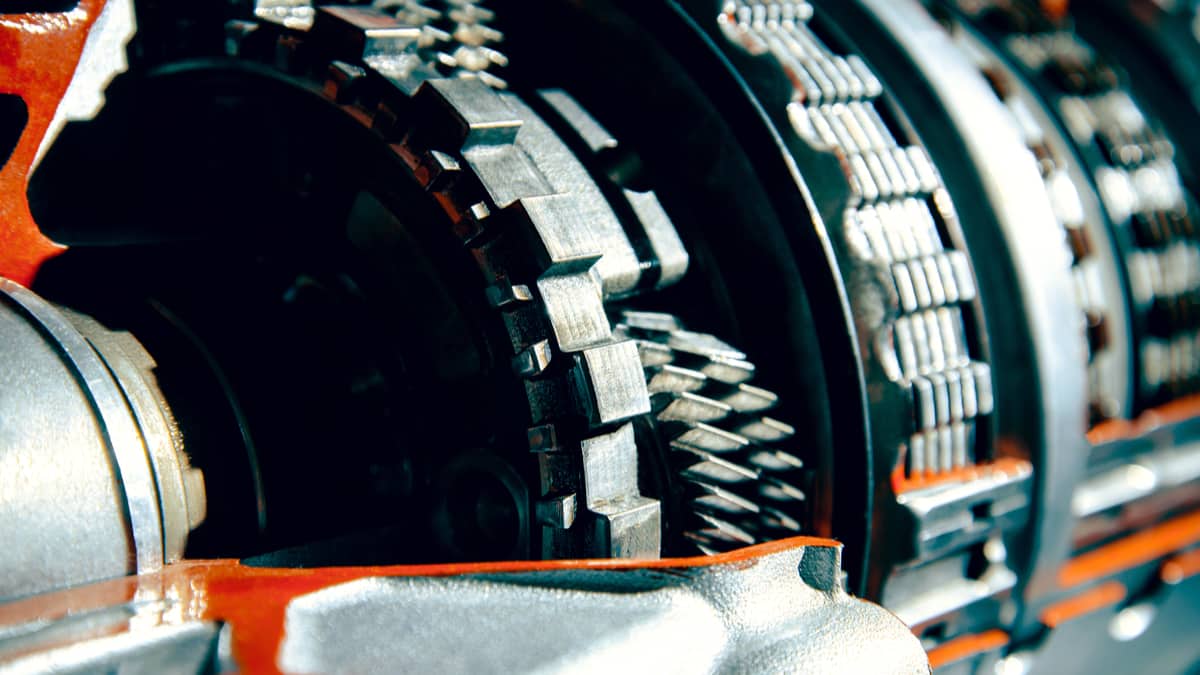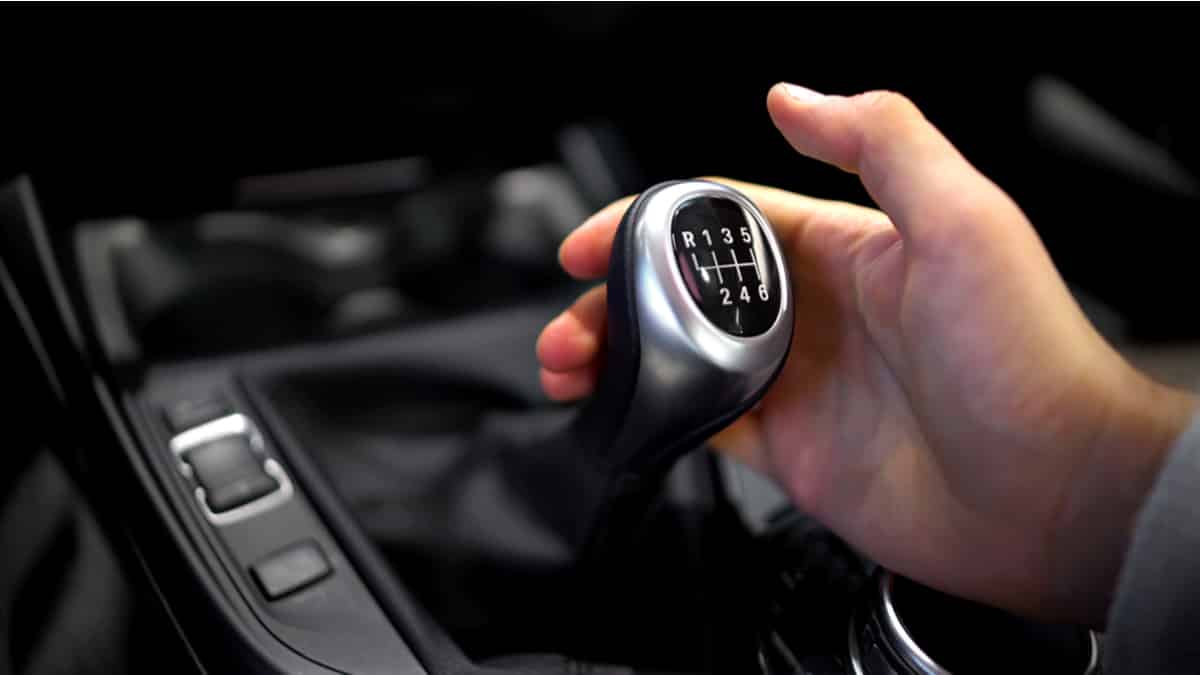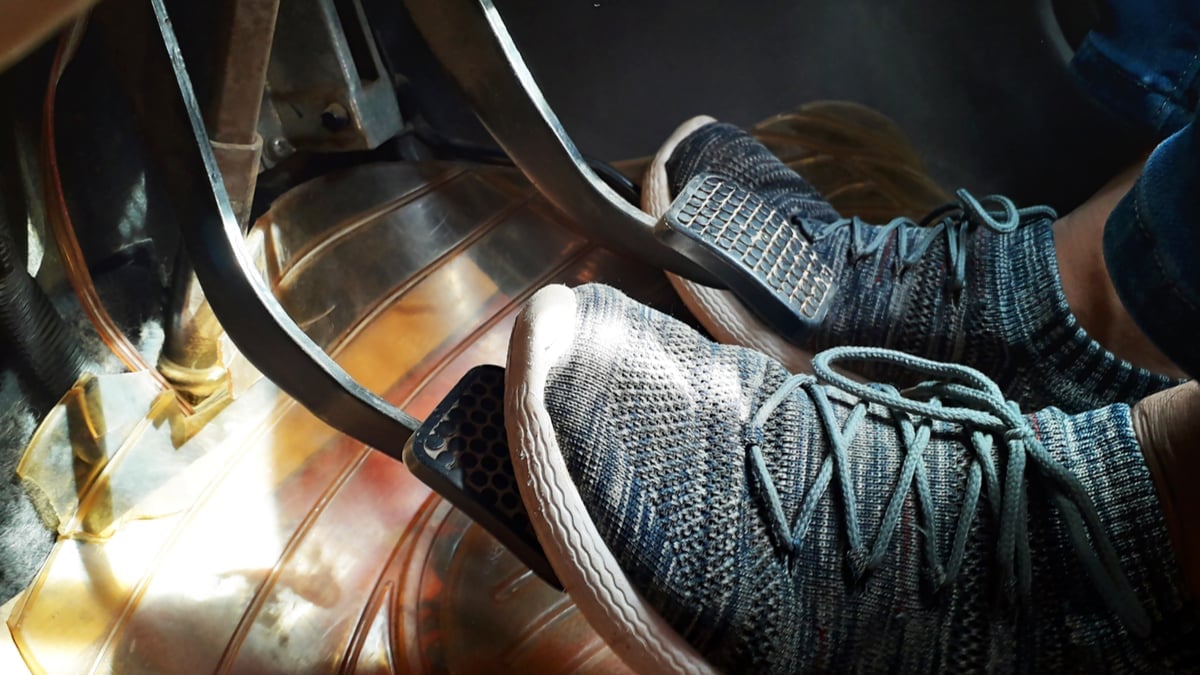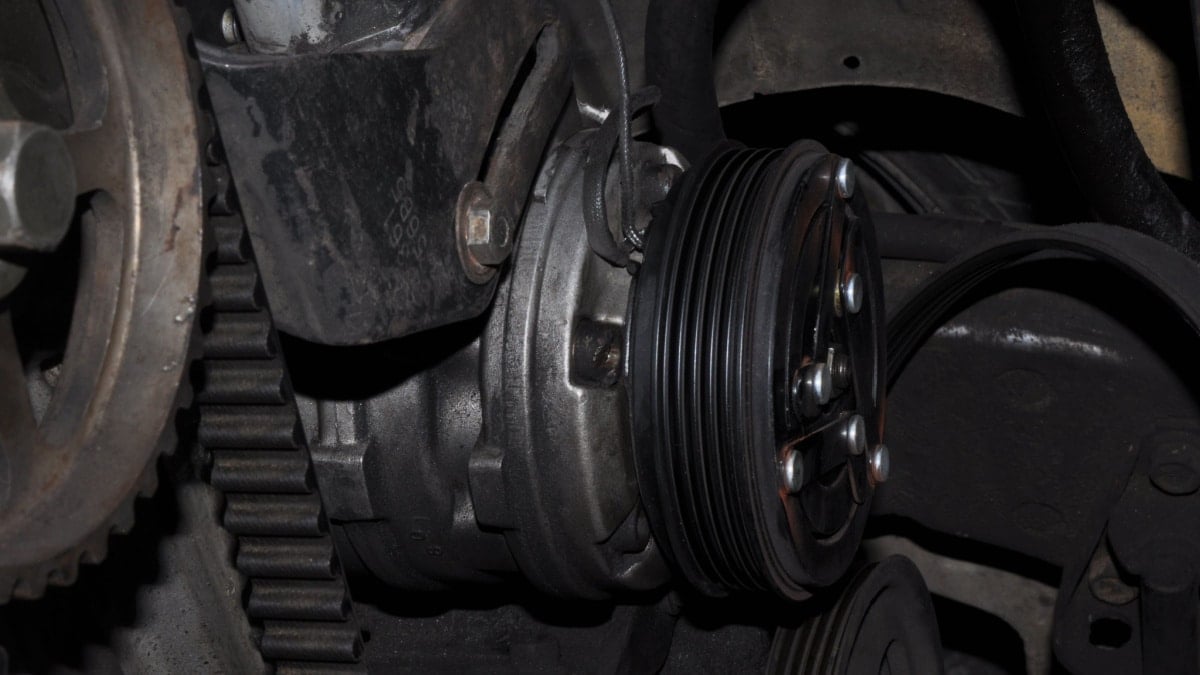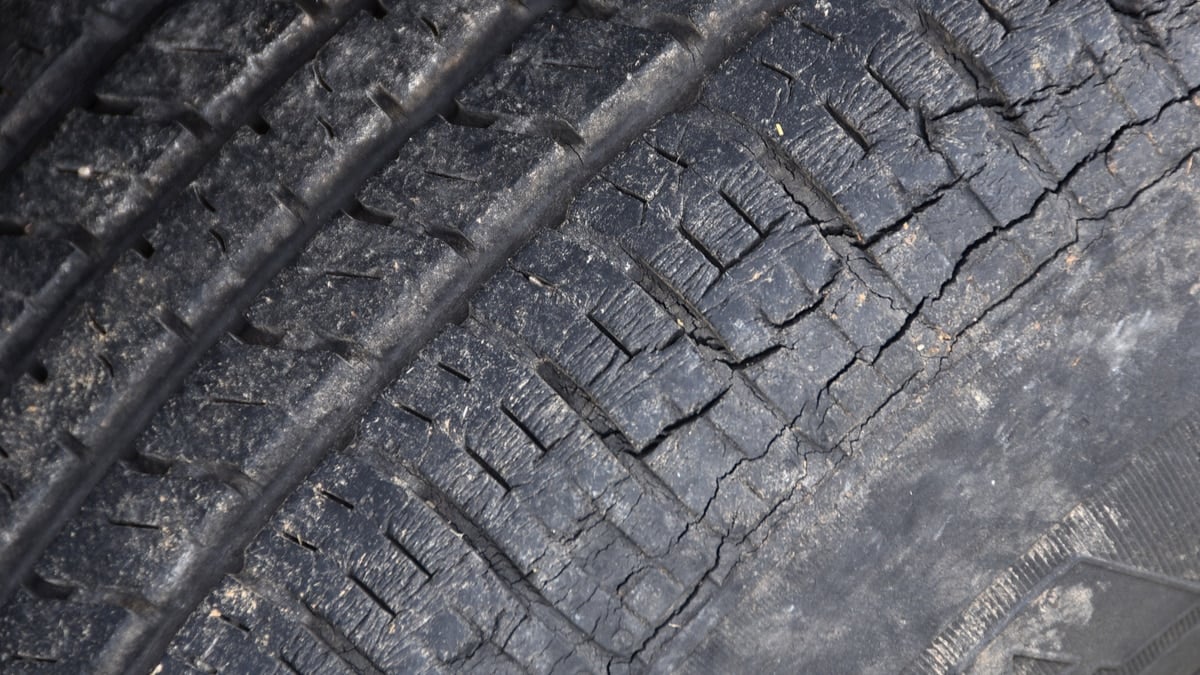Driving a manual transmission car can be a lot of fun, especially if you like to have complete control of when the vehicle shifts. Yet, there are mechanical issues that can occur in a stick-shift vehicle. For example, it’s good to know the symptoms of a slipping clutch, so you can fix it right away.
In this guide, we cover the slipping clutch symptoms, discuss what this means and show you how to fix it. We also talk about where the clutch is located, look at the best way to diagnose the problem, evaluate the repair cost, and answer your top questions.
Symptoms Of A Slipping Clutch
When the clutch slips, you’ll see the RPMs go up, but you won’t get more speed from the vehicle. There could also be a burning smell, decreased engine performance, a change in the clutch pedal height and quicker disengagement occurring.
Let’s look at these possibilities closer.
1. Rising RPM, but Lack of Speed
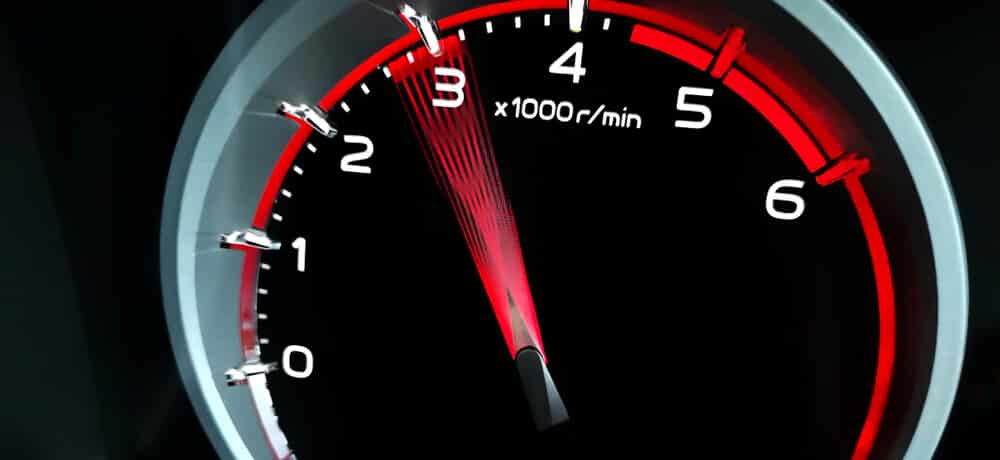
When the clutch slips, there’s a tell-tale indication based on the RPMs. You will see the engine RPMs rise, but you won’t get the speed that should come with it. Plus, the RPMs could go up much higher than they would if you were driving.
You may notice this problem when you go to pull out on a busy highway or you plan to pass another vehicle. When you attempt to accelerate, the RPMs jump up quickly and the engine makes noise, but the car doesn’t speed up. Then, just as quickly as it occurs, it can be over and the car can move forward normally.
2. Burning Smell
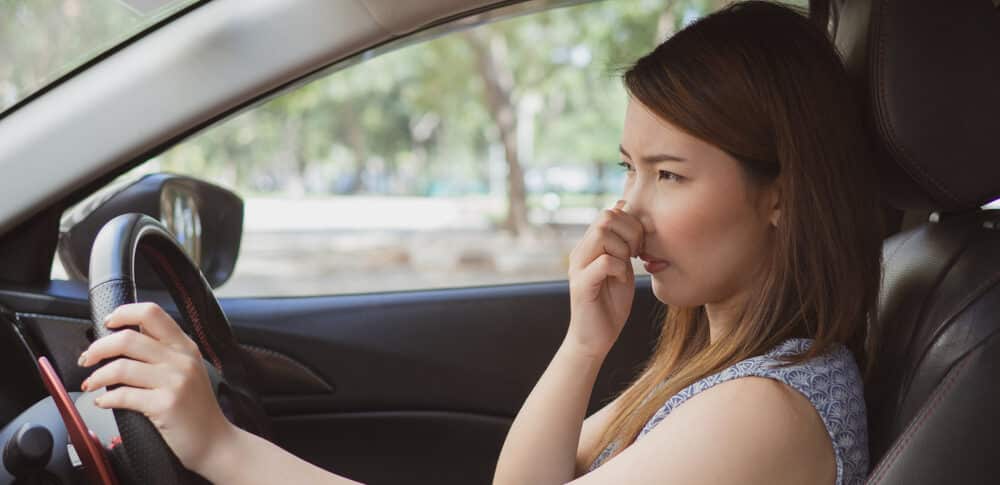
As the clutch slips, you may also smell something burning coming from the front of the vehicle. This smell is generated from the excessive heat created by the disengagement of the engine and the slipping clutch.
To compare the smell you might experience, think of what overheated brakes smell like. The odor is similar because the materials are closely related. The more frequently the clutch slips, the stronger the smell becomes.
3. Decreased Engine Performance
Aside from the sporadic issues with the loss of engine power, it can also occur more frequently. If you are pushing your vehicle to the limits, such as when you are towing, you may notice that the engine doesn’t put out the power it should.
The engine needs to send power to the drive wheels, but this becomes difficult if the clutch is slipping. While the clutch is engaged, the engine is disconnected from the drive wheels, so it can’t send that necessary power. You may not have the same level of performance problems during a regular highway commute, so it could be less noticeable in some circumstances.
It’s important to note that a lack of engine power doesn’t automatically point to a slipping transmission. In fact, this symptom can be related to a multitude of problems. However, if you notice this symptom in conjunction with others, it’s worth considering that the clutch is slipping.
4. Clutch Pedal Height Change
If you spend a good amount of time in your vehicle, you are probably used to where the three pedals sit (clutch, brake and gas). When you push down on the clutch pedal and take your foot off, you know where the pedal is going to rest.
However, that height may change once the clutch begins slipping. It could come back to a position that’s too low or high. You are going to notice that you have to put your foot in a different position to push it. In some cases, a simple clutch pedal adjustment is all that’s needed, but that won’t stop the clutch from slipping.
5. Quicker Clutch Disengagement
When the clutch works as intended, it can take one to two inches of depressing the clutch pedal before the engine and drive wheels disconnect. If you start to notice a change in this operation, the clutch may be slipping.
The engine may disengage after gently pushing on the clutch pedal, even if it doesn’t go down an inch. Even resting your foot on the pedal could cause the engine to disengage, leading to even more driving issues.
RELATED: 9 Causes of a Stiff Clutch Pedal & How to Fix It
What Does A Slipping Clutch Mean?
The term “slipping clutch” refers to a situation where the clutch can’t engage or disengage the transmission from the engine as intended. With this malfunction, the vehicle engine disengages temporarily from the transmission when it shouldn’t. You may also have trouble getting the transmission into gear when it’s slipping.
The clutch can slip because it is worn out from many years of use. It can also be due to a needed adjustment. However, it’s a dangerous situation that needs to be remedied immediately. Without the right amount of power, you could lose control of your vehicle or cause an accident.
How to Fix a Slipping Clutch?
There’s really only one way to resolve a slipping clutch and that is to replace it. However, if the clutch is good and it’s only slipping because of a leaking rear main seal, you need to resolve this problem first. To get to the rear main seal, you need to have the transmission dropped anyway, so you may as well replace the clutch at the same time.
At this time, you may also want to resurface or replace the flywheel and pressure plate. These parts also degrade over time. If the clutch has been worn, the excessive heat and continual metal-to-metal contact will also damage these parts.
A qualified mechanic will be able to steer you in the right direction. It’s not only wise to do work that’s unneeded, but also to look ahead and see what might be done in the near future to reduce overall expenses.
Where Is The Clutch Located?
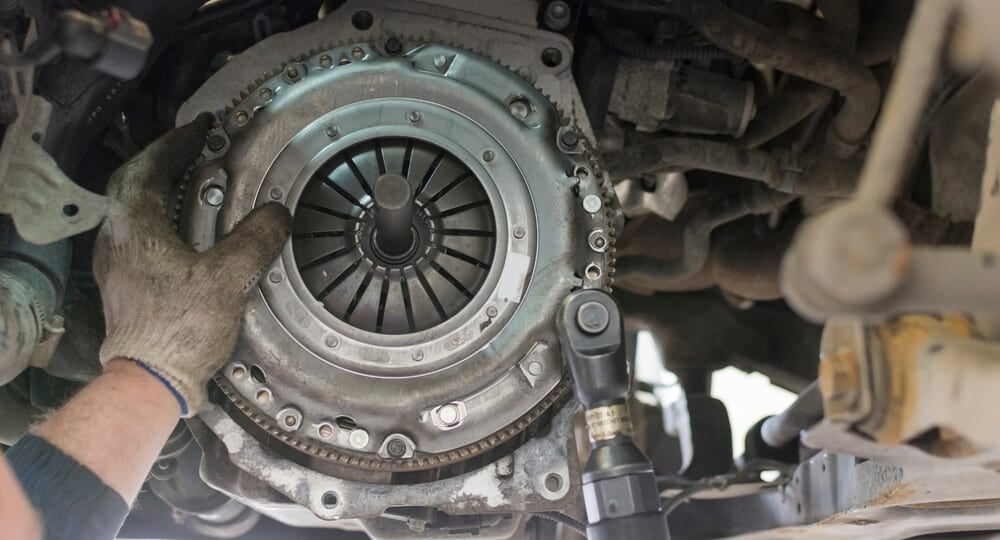
When discussing the clutch, many people think about the pedal. The clutch pedal is located all the way to the left of the three pedals. In the middle is the brake pedal, with the gas pedal found on the right.
The clutch itself is found between the engine and the transmission. It’s located between the flywheel and the pressure plate. The transmission needs to be removed to access the clutch.
How Do You Diagnose A Slipping Clutch?
There are several ways to determine if the clutch is slipping. Here are a few tips.
- Push the clutch pedal down and let it back up. Is it engaging and disengaging normally? You should be able to feel it through your foot.
- Turn on the vehicle and push the clutch down. Put the car into gear. While you pull away from the parking spot, pay attention to how the car is moving. Everything should be smooth and efficient. If it hesitates, shakes or sticks, the clutch may be slipping. Make sure you try this in an empty place where there’s no noise.
- Listen to the vehicle while you are driving. If there is squeaking or grinding when using the clutch, it could be slipping.
- You also want to pay attention to any burning smell while using the clutch.
- If the vehicle doesn’t speed up, but the RPMs jump up, you know the clutch is slipping.
Whatever testing you do, it’s best to have the system looked at if you notice any strange symptoms.
How Much Does It Cost To Fix Or Replace A Slipping Clutch?
On average, you may spend $1,000 to $2,500 to replace the worn-out clutch assembly. The parts may only cost $400 to $700, while the rest of the expense goes to labor. The prices depend heavily on the type of vehicle you drive and the local labor rates. Additionally, if the rear main seal needs to be repaired or there are other parts worn, you can expect a higher repair bill. For most home mechanics, it’s best to take the vehicle to a qualified repair shop. This isn’t the easiest job to do and there’s a lot that can go wrong if you aren’t experienced. Ask your co-workers, family and friends for a recommendation if you don’t currently have a mechanic.
Can you fix a slipping clutch?
If the clutch is slipping because of the way you are driving, you may be able to alter the level of aggressiveness to improve the ride. However, this isn’t common. In most cases, you need to replace the clutch as there’s no way to fix it. Additionally, if the rear main seal is leaking and causing the clutch to slip, that also needs to be repaired.
How long will a clutch last after it starts slipping?
Once you notice slipping, you may be able to baby the clutch for a short time to keep it running, but it’s not going to last long. The friction surfaces of the clutch erode quickly once it begins slipping and it will leave you stranded. To be safe, we recommend replacing it immediately after noticing the slippage.
Can a slipping clutch damage the flywheel?
A slipping clutch damages the flywheel, sometimes turning the metal into a cracked heap within days. Flywheel damage normally occurs because of overheating, causing hot spots in the metal and degrading its integrity. For this reason, you want to replace the clutch as soon as it starts slipping.
Can you still drive with a slipping clutch?
While you may physically be able to drive while the clutch is slipping, it’s a dangerous condition. Not only can it create further damage to the vehicle, but it can cause an accident if you can’t control the vehicle. Additionally, the clutch could stop working at any time, leaving you stranded on the side of the road.
What causes a clutch to fail?
Clutches generally fail because of age. Over time, the discs wear thinner and become weaker, leading to slipping. However, if you notice a sudden onset of slipping, there could be a rear main seal leak that is contaminating the clutch with oil. Not only will the oil cause slippage, but it will ruin the clutch.
By paying attention to the symptoms of a slipping clutch, you can take action before more serious issues occur. Yes, it can be expensive to replace a clutch, but it must be done if you want to keep driving your vehicle.
If you don’t have the equipment and expertise to pull the transmission for a clutch replacement, it’s best to visit a local repair shop. During the replacement, other services may also need to be performed while they are cheaper since the transmission will already be out. Talk to your mechanic to see what’s best for your situation.
Categories: Transmission
